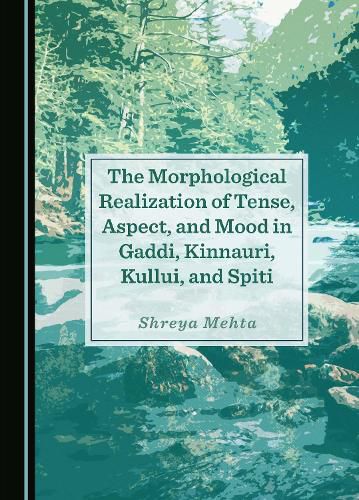Readings Newsletter
Become a Readings Member to make your shopping experience even easier.
Sign in or sign up for free!
You’re not far away from qualifying for FREE standard shipping within Australia
You’ve qualified for FREE standard shipping within Australia
The cart is loading…






Focusing on Gaddi, Chitkuli Kinnauri, Kullui, and Spiti of Himachal Pradesh, this book outlines a systematic framework for conducting fieldwork and performing a contrastive analysis of the Tense, Aspect, and Mood (TAM) systems for Indian languages. It covers data collection, documentation, and description of identified TAM features, culminating in a typology of languages based on the prominence of TAM in these languages. Additionally, the framework offers a unified theoretical model that can be used to generate all fully inflected word forms in these languages. The proposed framework can be used to analyze any combination of languages. Insights from this kind of study could also aid us in understanding feature permutations, organizing morphological cues to inform future fieldwork, and advancing our understanding of Indian languages' TAM systems and linguistic typology.
$9.00 standard shipping within Australia
FREE standard shipping within Australia for orders over $100.00
Express & International shipping calculated at checkout
Focusing on Gaddi, Chitkuli Kinnauri, Kullui, and Spiti of Himachal Pradesh, this book outlines a systematic framework for conducting fieldwork and performing a contrastive analysis of the Tense, Aspect, and Mood (TAM) systems for Indian languages. It covers data collection, documentation, and description of identified TAM features, culminating in a typology of languages based on the prominence of TAM in these languages. Additionally, the framework offers a unified theoretical model that can be used to generate all fully inflected word forms in these languages. The proposed framework can be used to analyze any combination of languages. Insights from this kind of study could also aid us in understanding feature permutations, organizing morphological cues to inform future fieldwork, and advancing our understanding of Indian languages' TAM systems and linguistic typology.